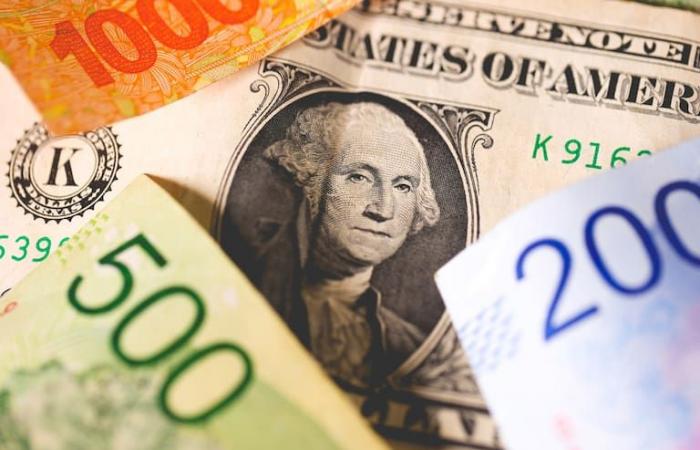Hear
The 20% of the highest-income households account for 42.5% of the pie distributed in the country. These are official data that describe the inequality that deepened in Argentina in the first quarter of the year, after the inflationary acceleration, the fall in the purchasing power of salaries and pensions and the contraction of the level of activitythat fell 5.1% in the first quarter of the year.
The figures come from the report on the Evolution of the distribution of Indec Income, prepared from the results of the Permanent Household Survey (EPH) and corresponds to the first quarter of 2024. According to this documenthouseholds in decile 9 and 10 (the 20% with the highest income) had an average income of $945,325 in the period.
The other way, The median income of the lower stratum (deciles 1 to 4) was $122,529. The “middle” group, made up of Households in deciles 5 to 8 registered, according to Indec, an average income of $327,862.
The report usually receives observations from analysts or economists due to the source of obtaining the data. This is a statistic that does not take official income, but rather the responses of citizens to Indec pollsters. which is usually associated with under-declaration (among people with higher incomes) and over-declaration (in the lowest deciles).
According to Indec, in fact, around 10% of employed people do not declare their income in the EPH, which generates biases that are later corrected with statistical methodology. However, Even with these limitations, it is a report that reflects the evolution of some social indicators (income, inequality) over time.
Beyond the levels between households, The organization’s report captures the gender gap in figures in the country’s income, regardless of whether it comes from labor or non-labor sources and the socioeconomic level: according to Indec, Men in the first quarter had an average income of $429,741, while in the case of women it was $310,064.
When analyzing the world of work, the Indec also realizes the gap that exists between registered workers and those who have informal jobs. According to the report, those workers who have a retirement discount They had an average monthly salary of $449,382, while for those without a retirement discount, The average income was $197,467.
The report of the official statistical entity also warns of a “significant increase in inequality” in the first quarter of the year, as a consequence of the combo of devaluation and recession, which includes deterioration of the labor market, inflationary acceleration and loss of purchasing power in salaries and pensions and a collapse in the level of activity in areas such as industry, construction and commerce.
This is seen in the deterioration of the Gini coefficient, an indicator that takes a value between 0 and 1 and reflects inequality in the distribution of income (0 would be total equality and 1, on the other hand, reflects total inequality, with one person concentrating 100% of the income). According to Indec numbers, the coefficient in Argentina showed a value of 0.467.
The figure marks a deterioration (or an increase in inequality) not only compared to the last quarter of 2023 (0.435) and in the year-on-year comparison (it was 0.446 in the first quarter of 2023). According to the Indec series, it showed the worst value in the last four years, and was above the numbers recorded in the second quarter of 2020, in the worst economic scenario during the Covid pandemic and quarantine.
THE NATION


